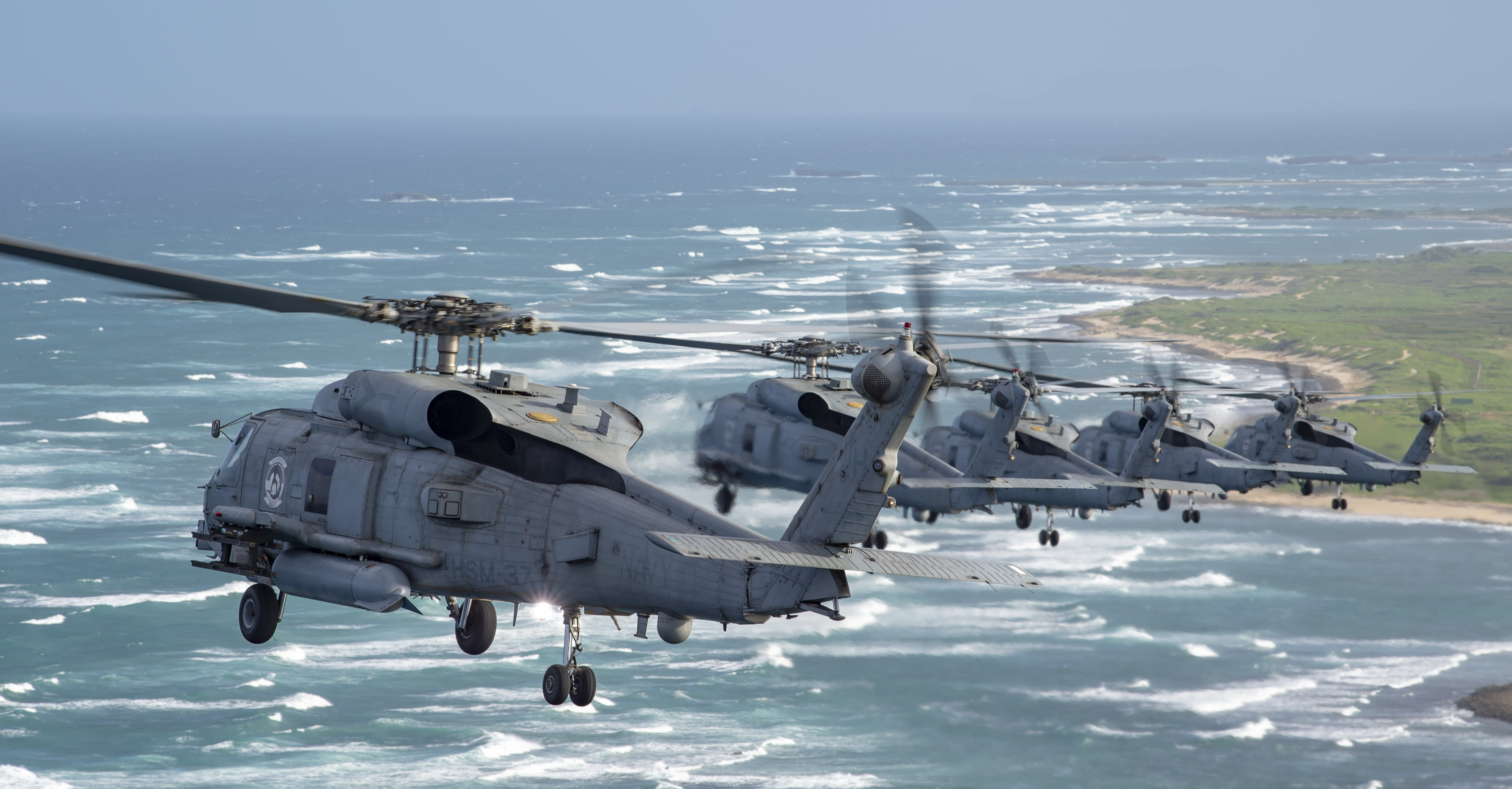New Zealand's Strategic Leap: Enhancing Air Capabilities with Sikorsky and Airbus
 The Tech Times
The Tech Times
In a strategic move reflecting both modernization and geopolitical considerations, New Zealand has announced the acquisition of new air platforms from renowned aerospace giants Sikorsky and Airbus. This decision, articulated by Defence Minister Judith Collins, underscores a commitment to ensuring that New Zealand's air capabilities are combat-ready, interoperable, and reliable. Such an advancement is not just a leap in technological prowess but also a reinforcement of New Zealand's defense posture in an increasingly volatile global landscape.
Historical Context: A Legacy of Modernization
New Zealand's defense strategy has consistently evolved to meet the demands of changing geopolitical dynamics. Historically, the country has balanced its defense responsibilities with a strong preference for peace and neutrality. However, with growing global tensions and regional security challenges, the need for a robust air capability has become more pressing.
In the early 2000s, New Zealand faced criticism for disbanding its air combat force, a move that left the Royal New Zealand Air Force (RNZAF) without fighter jets. The decision was driven by economic rationalization and a strategic pivot towards peacekeeping roles. However, the absence of combat aircraft has long been a topic of debate, particularly as neighboring countries have continued to expand their military capabilities.
The Significance of Sikorsky and Airbus
The choice to integrate platforms from Sikorsky and Airbus is significant. Sikorsky, a Lockheed Martin company, is a leader in helicopter innovation, and its aircraft are known for their reliability and advanced technology. Airbus, on the other hand, offers a wide range of military aircraft known for their versatility and performance. By partnering with these two companies, New Zealand is not only enhancing its air fleet but also ensuring that its defense forces are equipped with some of the most advanced and interoperable technologies available.
The interoperability factor is crucial. As New Zealand participates in joint operations and exercises with allies like Australia, the United States, and the United Kingdom, having compatible and interoperable systems enhances operational effectiveness and strategic cooperation.
Implications for Regional Security
This procurement signals New Zealand's intention to maintain a strong defense presence in the Asia-Pacific region, a theater of increasing strategic importance. The region is witnessing a military buildup by several countries, driven by territorial disputes and the rise of China as a regional power. New Zealand's investment in air capability is therefore a prudent measure, ensuring that it can contribute meaningfully to regional stability and security.
Moreover, the decision aligns with New Zealand's defense policy objectives, which emphasize readiness, resilience, and the ability to respond to a range of contingencies. By enhancing its air capabilities, New Zealand is not only preparing for potential threats but also strengthening its role as a responsible global partner.
Conclusion: A Forward-Looking Approach
The acquisition of new platforms from Sikorsky and Airbus represents a forward-looking approach to defense planning by New Zealand. It is a testament to the country's commitment to safeguarding its interests and those of its allies. In a world where the security landscape is constantly evolving, having a dependable and advanced air fleet is not just a strategic asset but a necessity.
As New Zealand continues to navigate the complexities of global defense dynamics, its ability to adapt and modernize its forces will be crucial. The current procurement is a vital step in that direction, ensuring that New Zealand remains a capable and credible player on the world stage.
Source: New Zealand adds Sikorsky and Airbus platforms to boost air capability
Subscribe to my newsletter
Read articles from The Tech Times directly inside your inbox. Subscribe to the newsletter, and don't miss out.
Written by
